12/05/2017
A little birdy’s told us that International Migratory Bird Day (IMBD) is about to take flight too. This weekend, 13th-14th May, sees bird enthusiasts, “Twitchers”, flock together in support of birding conservation initiatives across the Americas. Created in 1993 by visionaries at the Smithsonian Migratory Bird Center and the Cornell Laboratory of Ornithology, IMBD continues to host more than 600 annual educational events and programs to spread awareness of safeguarding bird migration.
Being home to 1,830 bird species (nearly 20% of the world’s bird population) and 45% of all neo tropical birds, Peru is celebrated for its wide range of biodiversity and is listed as the 3rd country in the world with the largest number of bird species. A whopping 62% of South America’s birds can be observed in Peru.


It isn’t just guests that Inkaterra welcomes as visitors, we also pride ourselves on the protection of native exotic birds and have an amazing 784 bird species across four of our properties. Monitoring biodiversity, increasing our knowledge of key species and learning more about forest ecosystem dynamics, allow us to understand and implement conservation strategies.
The Cloud Forest that surrounds Inkaterra Machu Picchu Pueblo Hotel is famous not only for being home to a plethora of flora and fauna but also to magnificently coloured Highland Motmots (Momotus aequatorialis), Green-and-White Hummingbirds, to name a few. One of the 214 types of bird that spreads their wings in the Cloud Forest’s ecosystem, is the majestic Andean Cock of the Rock (Rupicola peruvianus), who radiates with its fluorescent orange colour.
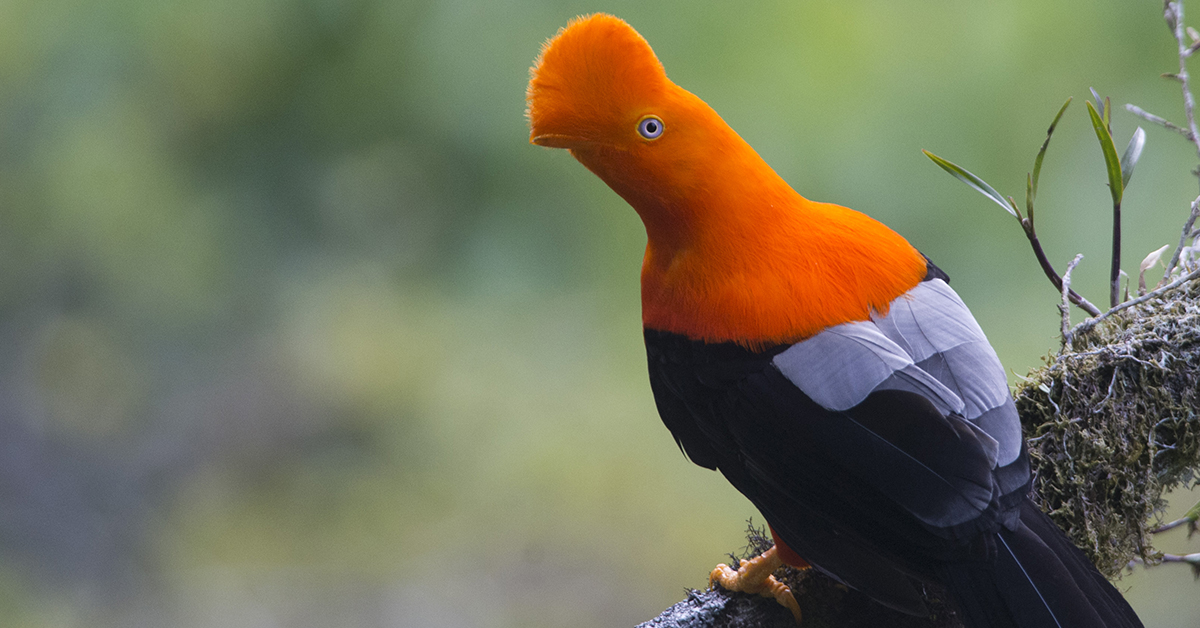
Deep within the heart of the Amazon, Inkaterra Hacienda Concepción sits nestled between the shores of the Madre de Dios River and the Tambopata National Reserve; just a few miles away from neighbouring Inkaterra Reserva Amazónica. Both properties provide bird enthusiasts with access to one of the world’s most remote and extraordinary tropical environments. 540 species of bird dance amidst the dense rainforest, including toucans, colourful macaws and tanagers.
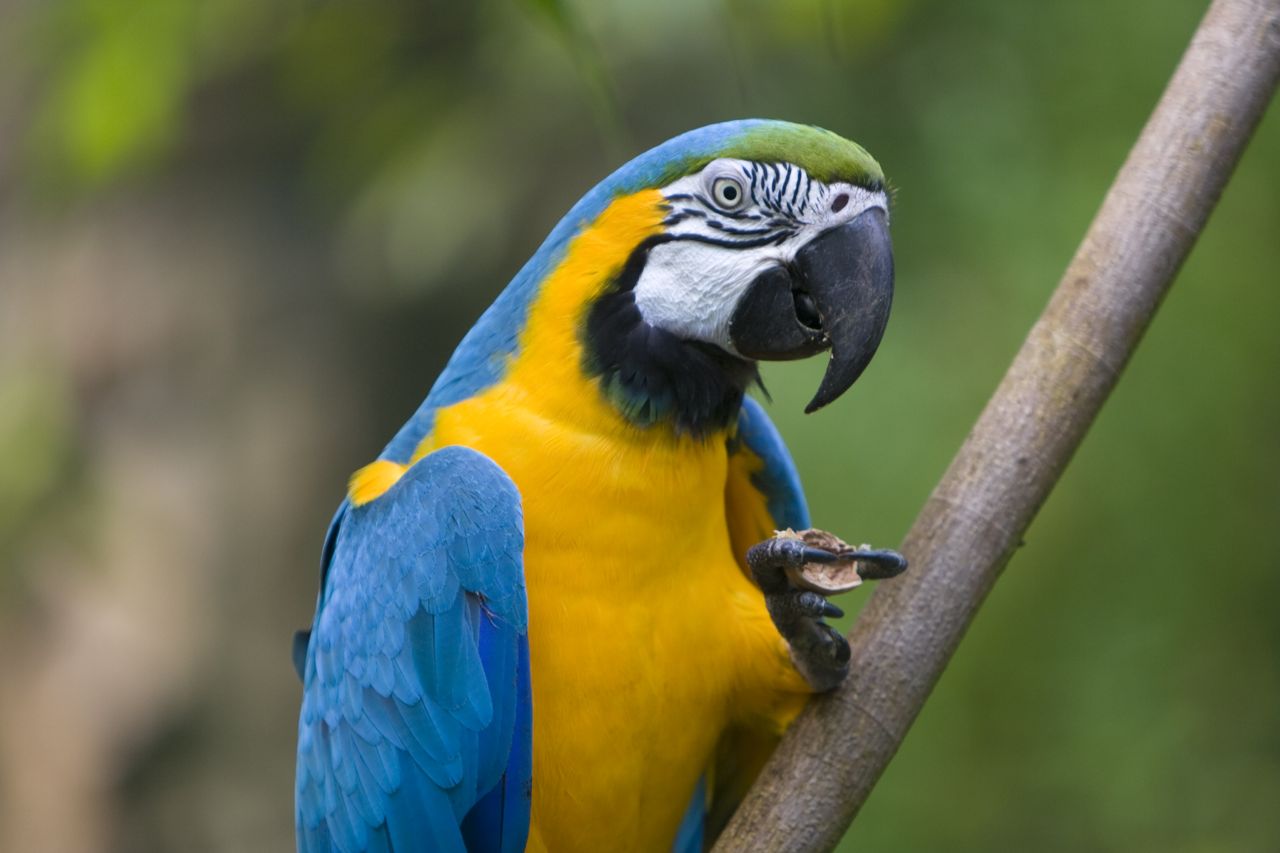
Often found fluttering in the forest clearing, the Blue and Yellow Macaw (Ara ararauna) eats seeds and fruit, making its home in the cavities of the rainforest trees. The striking bird stands out amongst the greenery of the forest with its blue crown and nape, red line of feathers and distinctive white face.
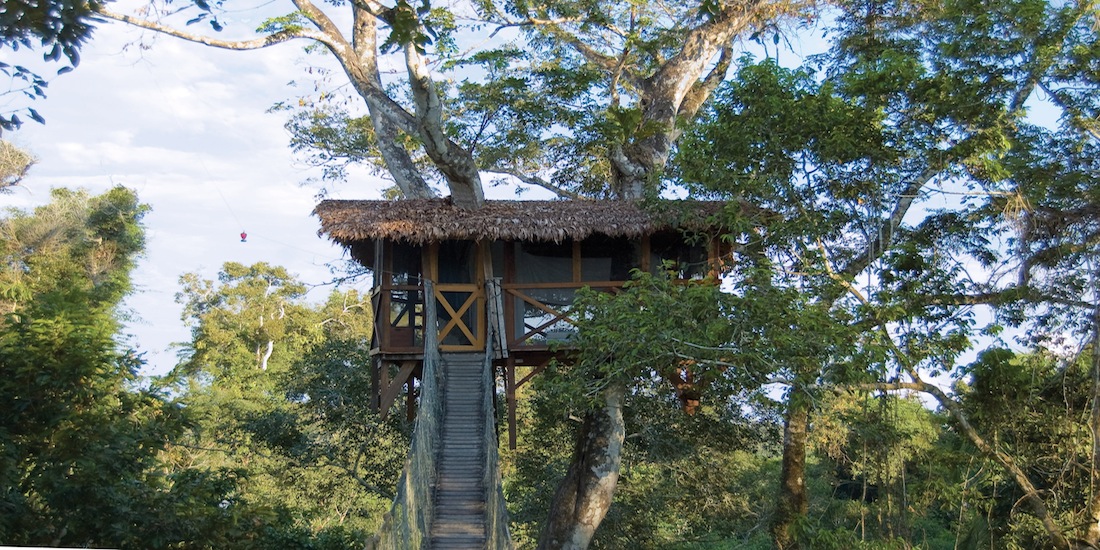
Hiding high amongst those treetops, the Black-Faced Cotinga (Conioptilon mcilhennyi) is one of the many bird species that pollinates and dispenses seeds to the forest below, contributing to the development of the rainforest plantlife. The Black-faced Contiga is a firm favourite amongst bird watchers, including Ornithologist at Inkaterra Asociación, Dennis Osorio.

Twitchers can continue their bird watching journey and nest at Inkaterra Guides Field Station, the latest addition to the Inkaterra family. Set to open in June, guests can take a boat trip to River Island, a large sandbank on the shores of the Madre de Dios River, to explore the floodplains that are home to many sought after bird species, including the Amazonian Umbrella bird (Cephalopterus ornatus).
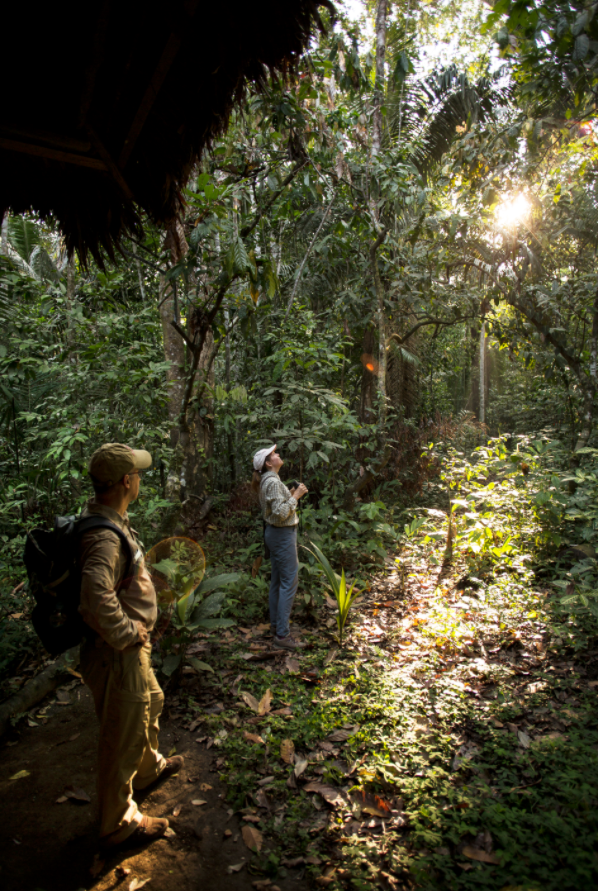
From Hawks to Hummingbirds, guests and staff at Inkaterra Hacienda Urubamba regularly spot the birds at play in their environment. 74 different bird species, including the Torrent Duck (Merganetta armata), Andean Lapwing (Vanellus resplendes) and Sparkling Violetear (Colibri coruscans) have been sighted frolicking amidst the treetops and open space of the Sacred Valley of the Incas.
On several occasions we have even witnessed the hatching of these beautiful birds. We were excited to recently identify a nest that housed a flock of Rufous-collared Sparrows (Zonotrichia capensis) South America’s most common species of bird.
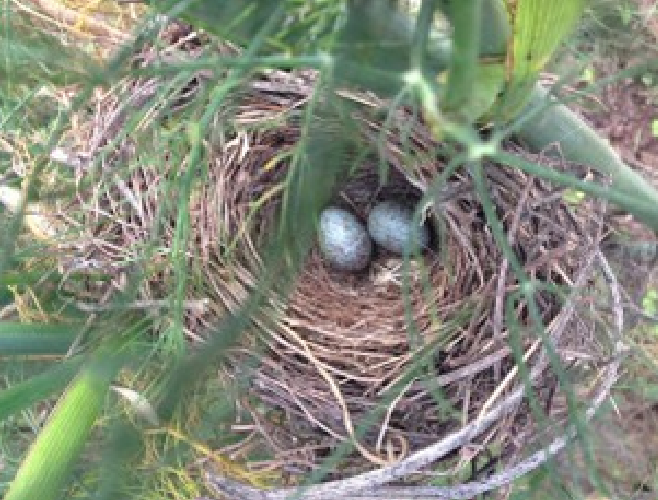
Photo courtesy of José Lis Lavilla
